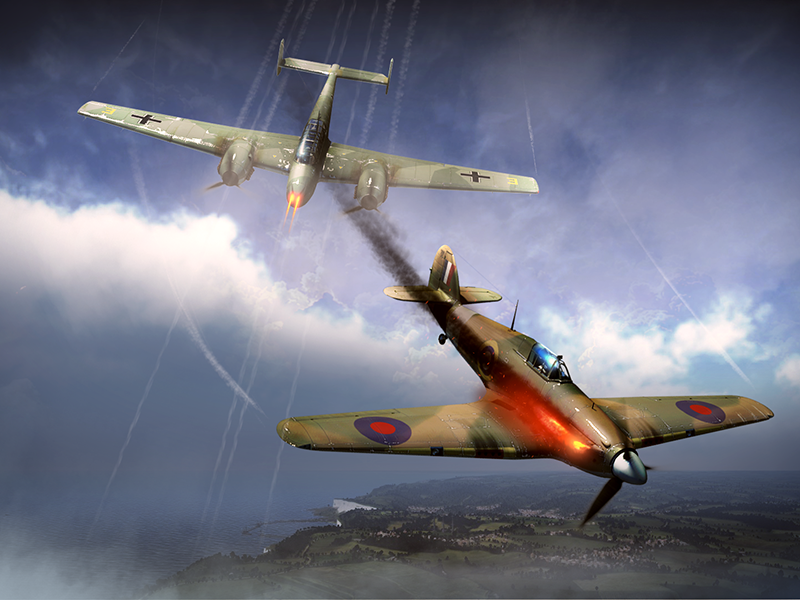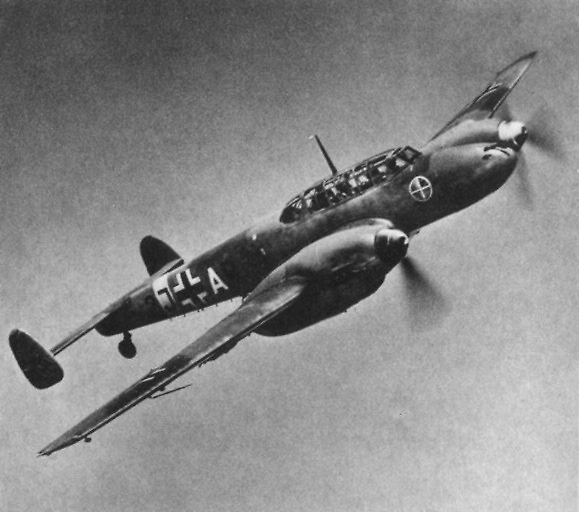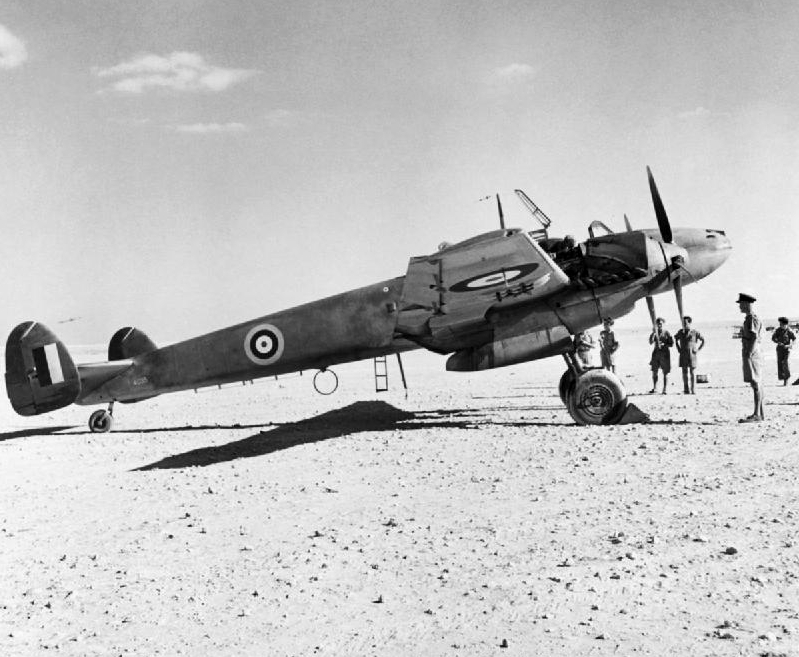
- For PC
- For MAC
- For Linux
- OS: Windows 10 (64 bit)
- Processor: Dual-Core 2.2 GHz
- Memory: 4GB
- Video Card: DirectX 11 level video card: AMD Radeon 77XX / NVIDIA GeForce GTX 660. The minimum supported resolution for the game is 720p.
- Network: Broadband Internet connection
- Hard Drive: 23.1 GB (Minimal client)
- OS: Windows 10/11 (64 bit)
- Processor: Intel Core i5 or Ryzen 5 3600 and better
- Memory: 16 GB and more
- Video Card: DirectX 11 level video card or higher and drivers: Nvidia GeForce 1060 and higher, Radeon RX 570 and higher
- Network: Broadband Internet connection
- Hard Drive: 75.9 GB (Full client)
- OS: Mac OS Big Sur 11.0 or newer
- Processor: Core i5, minimum 2.2GHz (Intel Xeon is not supported)
- Memory: 6 GB
- Video Card: Intel Iris Pro 5200 (Mac), or analog from AMD/Nvidia for Mac. Minimum supported resolution for the game is 720p with Metal support.
- Network: Broadband Internet connection
- Hard Drive: 22.1 GB (Minimal client)
- OS: Mac OS Big Sur 11.0 or newer
- Processor: Core i7 (Intel Xeon is not supported)
- Memory: 8 GB
- Video Card: Radeon Vega II or higher with Metal support.
- Network: Broadband Internet connection
- Hard Drive: 62.2 GB (Full client)
- OS: Most modern 64bit Linux distributions
- Processor: Dual-Core 2.4 GHz
- Memory: 4 GB
- Video Card: NVIDIA 660 with latest proprietary drivers (not older than 6 months) / similar AMD with latest proprietary drivers (not older than 6 months; the minimum supported resolution for the game is 720p) with Vulkan support.
- Network: Broadband Internet connection
- Hard Drive: 22.1 GB (Minimal client)
- OS: Ubuntu 20.04 64bit
- Processor: Intel Core i7
- Memory: 16 GB
- Video Card: NVIDIA 1060 with latest proprietary drivers (not older than 6 months) / similar AMD (Radeon RX 570) with latest proprietary drivers (not older than 6 months) with Vulkan support.
- Network: Broadband Internet connection
- Hard Drive: 62.2 GB (Full client)

The Bf-110 family of aircraft were the mainstay of the Luftwaffe night fighter squadrons. Heinz-Wolfgang Schnauffer the celebrated Luftwaffe night fighter ace saw out the war with 121 aerial victories, almost every one of these being achieved while flying different models of the Bf-110.
The BF110 V1 first flight took place on May the 12th 1936, and flew from Augsburg to Haunstetten with Rudolf Opitzin in the cockpit, this aircraft was unarmed and stripped down. The BF110 V1 flew with two Daimler-Benz DB-600A engines sent directly from Daimler-Benz Aktiengesellschaft which had begun developing the 910hp inverted V-12 liquid cooled engine in 1934.
 The Messerschmitt Bf110 was originally designed as a three seat strategic fighter-bomber with heavy armament, long range and an internal bomb load. It was a response to a request that also saw the development of the FW-57 and HS-124. The request soon changed in march 1935 to one that had the task of clearing a path for bomber formations and that of a bomber destroyer. Soon to become known as the Zerstörer “Destroyer”, it was to fulfil the need for an aircraft of sufficient capabilities in order to conduct penetration of hostile airspace, long range bomber escort and long distance standing patrols. The design of the aircraft, it’s elegant lines and long slender profile would allow the BF110 to fulfil this role.
The Messerschmitt Bf110 was originally designed as a three seat strategic fighter-bomber with heavy armament, long range and an internal bomb load. It was a response to a request that also saw the development of the FW-57 and HS-124. The request soon changed in march 1935 to one that had the task of clearing a path for bomber formations and that of a bomber destroyer. Soon to become known as the Zerstörer “Destroyer”, it was to fulfil the need for an aircraft of sufficient capabilities in order to conduct penetration of hostile airspace, long range bomber escort and long distance standing patrols. The design of the aircraft, it’s elegant lines and long slender profile would allow the BF110 to fulfil this role.
The second prototype aircraft, the BF110-V2, was delayed until October 1936 equipped with two 910-hp (679-kW) Daimler-Benz DB 600A engines, these proved to be very unreliable, however testing produced a speed of 314 mph (505km/h) and the general performance was considered reasonable enough to impress Goring into demanding immediate production in early 1937. Although ground swing during take-off and landing gave pilots serious problems and Engine unreliability plagued the first three prototype aircraft for two years. in the end it was decided to drop the DB 600 A and the DB600Aa model which was a failed attempt to improve the engine in favour of the DB 601A then in development.
This situation would force the ten pre-production series of BF110B aircraft to use the 680-hp (507-kW) Junkers Jumo 210Da engines which produced considerably less performance. Messerschmitt had been forced to wait on the new DB 601A with fuel injection. The DB 601A engine development cycle continued to take longer, which consequently delayed and led to the cancellation of the BF110A program after the fourth pre-production aircraft had been completed. In March 1938 the company switched production to the BF110B-1, an aerodynamically more streamlined version with provision for two 20-mm FF cannon in the nose and 4 7.92 MG 17 guns. A total of 45 Bf 110Bs were built, all with Jumo engines, most were BF110B-1 aircraft, but some BF110B-2 Aircraft were designated as reconnaissance aircraft had their cannon removed and had cameras installed into the space provided. while a few late production BF110B-3 examples were earlier aircraft modified subsequently for use as trainers.
 DB 601A at last became available in November 1937 but in very limited numbers, resulting in the Bf 110C with some minor airframe changes, including squarer-cut wing-tips, new radiators and oil coolers. Ten Bf 110C-0 pre-production aircraft were delivered for evaluation in January 1939, followed closely by Bf 110C-1 production aircraft a month later. These aircraft were destined for the first Zerstörergruppen units, and by summer the elite status of these units began to be established. As production built up, Focke-Wulf,Gothaer Waggonfabrik and MIAG joined the program and by the end of August 1939 159 Bf 110Cs had been delivered at a production rate of 30 per month. By the end of the year deliveries had reached 315 aircraft as well as provision for component spares.
DB 601A at last became available in November 1937 but in very limited numbers, resulting in the Bf 110C with some minor airframe changes, including squarer-cut wing-tips, new radiators and oil coolers. Ten Bf 110C-0 pre-production aircraft were delivered for evaluation in January 1939, followed closely by Bf 110C-1 production aircraft a month later. These aircraft were destined for the first Zerstörergruppen units, and by summer the elite status of these units began to be established. As production built up, Focke-Wulf,Gothaer Waggonfabrik and MIAG joined the program and by the end of August 1939 159 Bf 110Cs had been delivered at a production rate of 30 per month. By the end of the year deliveries had reached 315 aircraft as well as provision for component spares.
The opening of the conflict with Poland on the first of September 1939 would see the commitment of the as yet untried BF110, With the Zerstörergruppen manned with elite pilots drawn from the cream of the BF109 units, BF110 aircraft were soon in action over Poland, reaching deep into Poland and with dominance of the air, the BF110 Zerstörergruppen would claim over 100 enemy aircraft in five days, destroyed almost equally in the air and on the ground.
The BF110 would go on to see service in Scandinavia and France,it’s true test would however take place in the Battle of Britain, which is a story for another day.
The War Thunder Team



